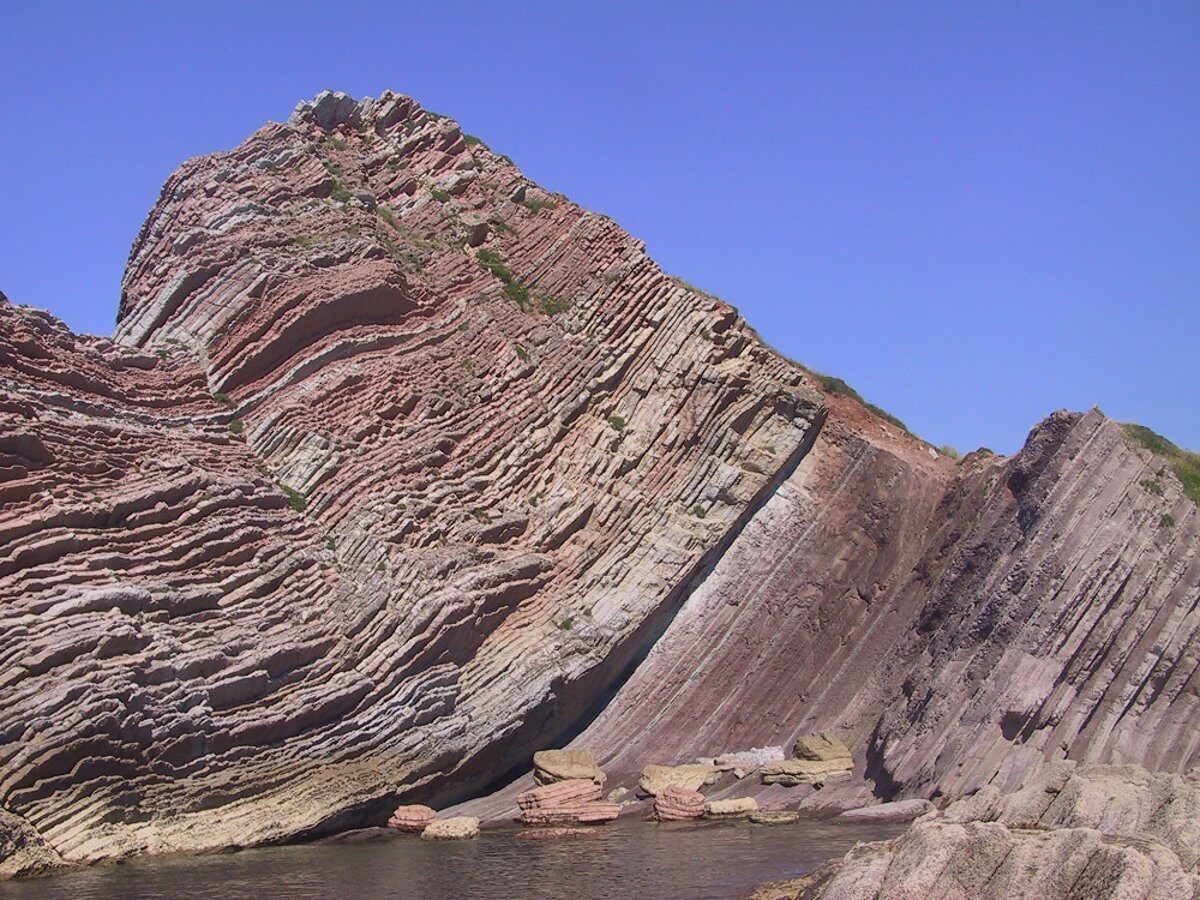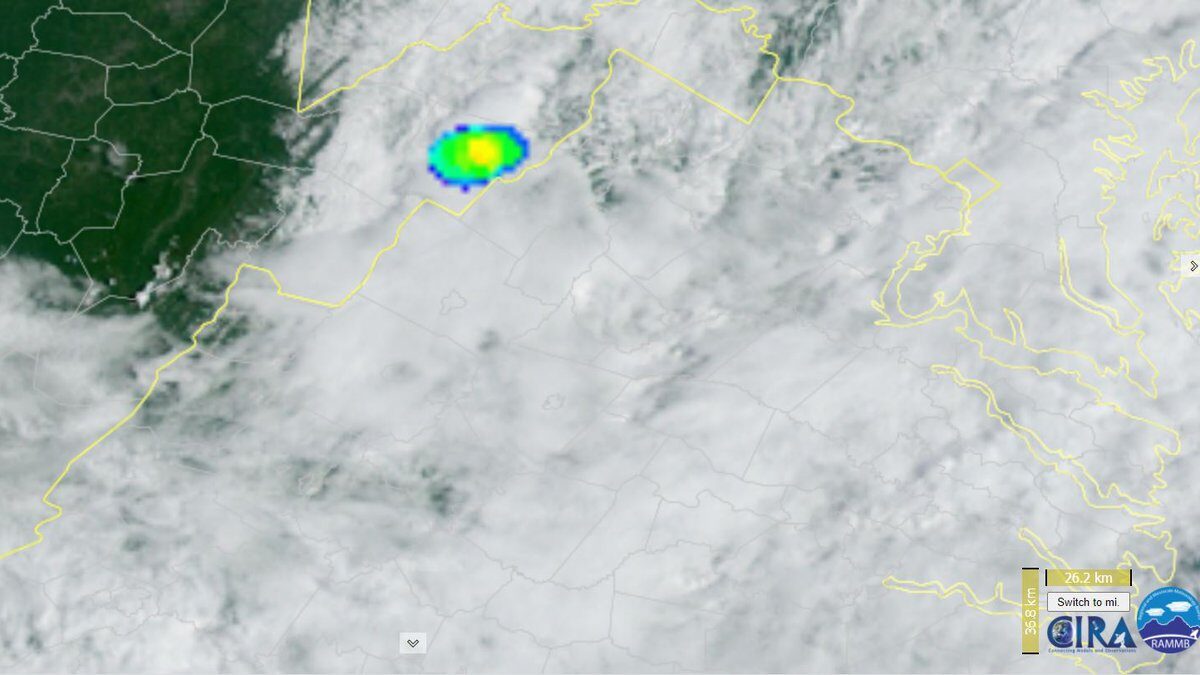
© Universitat de BarcelonaThe Zumaia cliffs are characterized by an exceptional section of strata that reveals the geological history of the Earth in the period of 115-50 million years ago (Ma).
A study published in the journal
Geology rules out that extreme volcanic episodes had any influence on the massive extinction of species in the late Cretaceous. The results confirm the hypothesis that it was
a giant meteorite impact what caused the great biological crisis that ended up with the non-avian dinosaur lineages and other marine and terrestrial organisms 66 million years ago.The study was carried out by the researcher Sietske Batenburg, from the Faculty of Earth Sciences of the University of Barcelona, and the experts Vicente Gilabert, Ignacio Arenillas and José Antonio Arz, from the University Research Institute on Environmental Sciences of Aragon (IUCA-University of Zaragoza).
K/Pg boundary: the great extinction of the Cretaceous in Zumaia coastsThe scenario of this study were the Zumaia cliffs (Basque Country), which have an exceptional section of strata that reveals the geological history of the Earth in the period of 115-50 million years ago (Ma). In this environment, the team analyzed sediments and rocks that are rich in microfossils that were deposited between 66.4 and 65.4 Ma, a time interval that includes the known Cretaceous/Paleogene boundary (K/Pg). Dated in 66 Ma, the K/Pg boundary divides the Mesozoic and Cenozoic eras and it coincides with one of the five large extinctions of the planet.
This study analysed the climate changes that occurred just before and after the massive extinction marked by the K/Pg boundary, as well as its potential relation to this large biological crisis. For the first time, researchers examined whether this climate change coincides on the time scale with its potential causes: the Deccan massive volcanism (India) ─one of the most violent volcanic episodes in the geological history of the planet─ and the orbital variations of the Earth.
"The particularity of the Zumaia outcrops lies in that two types of sediments accumulated there ─some richer in clay and others richer in carbonate─ that we can now identify as strata or marl and limestone that alternate with each other to form rhythms", notes the researcher Sietske Batenburg, from the Department of Earth and Ocean Dynamics of the UB.
"This strong rhythmicity in sedimentation is related to cyclical variations in the orientation and inclination of the Earth axis in the rotation movement, as well as in the translational movement around the Sun".These astronomic configurations ─the known
Milankovitch cycles, which repeat every 405,000, 100,000, 41,000 and 21,000 years─, regulate the amount of solar radiation they receive, modulate the global temperature of our planet and condition the type of sediment that reaches the oceans. "Thanks to these periodicities identified in the Zumaia sediments, we have been able to determine the most precise dating of the climatic episodes that took place around the time when the last dinosaurs lived", says PhD student Vicente Gilabert, from the Department of Earth Sciences at UZ, who will present his thesis defence by the end of this year.

